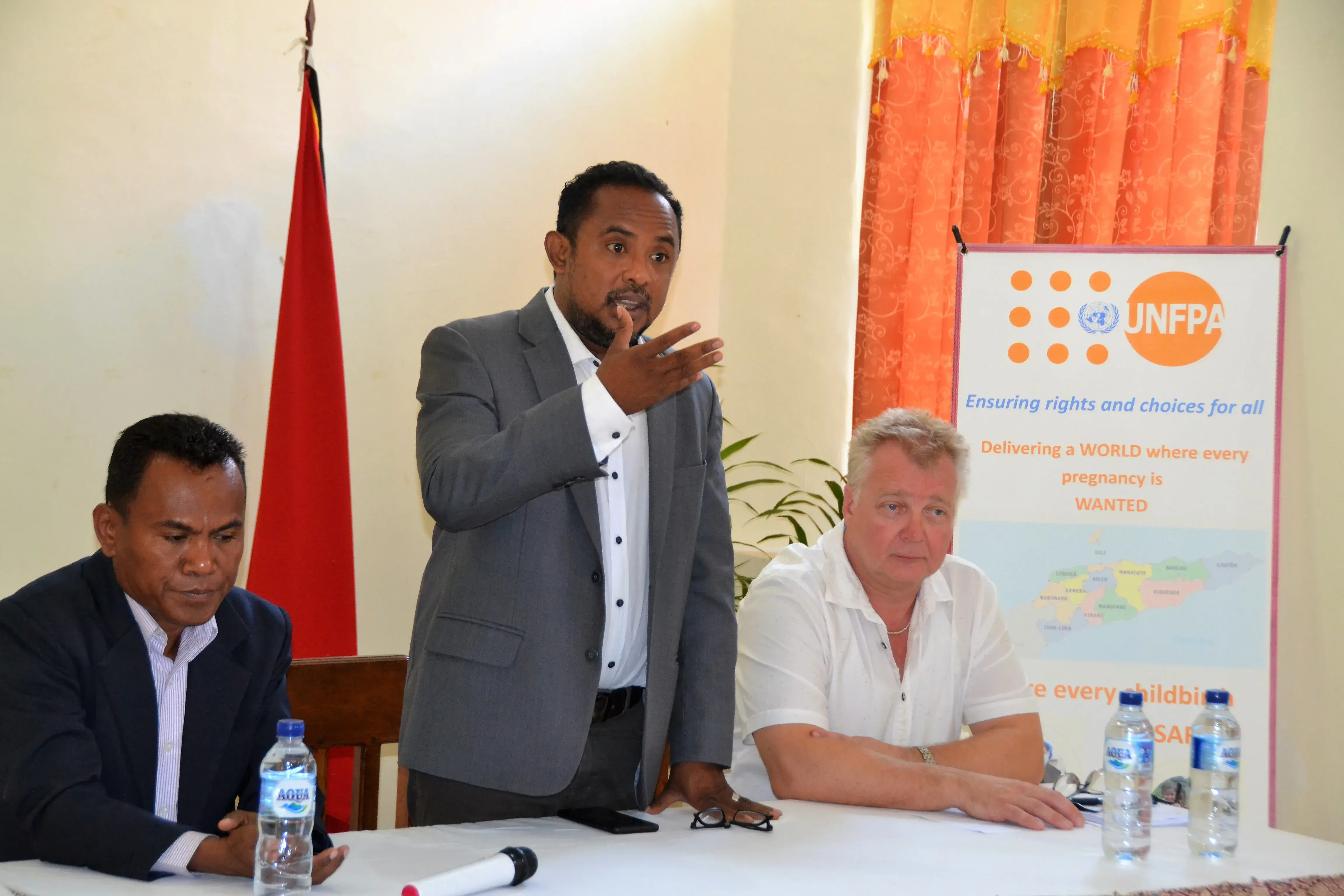The Timorese government recently released its Millennium Development Goals (MDGs) Report for 2014. Overall the MDG indicators show that living standards and human development have improved significantly in Timor-Leste since independence. Selected MDG targets for gender equality, child mortality, maternal health, malaria and tuberculosis have been achieved. Out of 29 indicators and sub-indicators, 9 have achieved their targets and 14 show significant improvement. Yet in spite of these achievements, much remains to be done.
Expanding access to family planning has been a key aim of health and development programming for almost 50 years. Family planning is connected to all eight Millennium Development Goals. (Family planning-generates wealth and reduces hunger (MDG 1); prolongs education (MDG 2); empowers women and girls (MDG 3); saves infants (MDG 4); improves maternal health (MDG 5); prevents pediatric HIV (MDG 6); reduces pressure on the environment (MDG 7); and promotes global partnerships (MDG 8).
Since independence, use of family planning in Timor-Leste has increased threefold. All told, over all the married women of reproductive age (15-49) have expressed a desire to space or limit the number of children they have. Yet less half of this demand for family planning is being met.
Increased access to family planning and reproductive health services supports women's social and economic well-being by enabling them to choose the number and spacing of their children. Women who are able to delay childbearing are more likely to meet their educational goals, obtain productive employment, increase household income, and thus help reduce extreme poverty. Better birth spacing reduces the incidence of low birth weight and poor maternal nutrition. Family planning results in more wealth and less hunger.
For teenage girls, early pregnancy often brings an end to education-girls often have to drop out of school due to unintended pregnancy or to help care for younger siblings. A 2010 study found that 99% of adolescent mothers in Timor-Leste dropped out of school. By increasing access to family planning, teenage girls would be more likely to stay in school, and in turn, send their own daughters to school.
Using family planning empowers women. When women are empowered and are decision-makers n their families, they spend more resources on their children's nutrition, healthcare and education. Involving men in family planning can lead to changes in gender norms. Empowering women in many ways, including their ability to achieve their desired family size, is the most important driver of modern development efforts.
Birth spacing through family planning reduces child mortality. Children born three to five years apart are 2.5 times more likely to survive than children born two years apart. About 750 infant deaths are averted in Timor each year by preventing unintended pregnancies. If we could meet all demands for contraception, another 1,000 infant deaths would be prevented each year.
Family planning is to maternal health what immunization is to child health. Family planning allows spacing of pregnancies and can delay pregnancies in young women at increased risk of health problems and death from early childbearing. Family planning can prevent pregnancies among older women who also face increased risks from childbirth. About 95 maternal deaths are averted in Timor each year by preventing unintended pregnancies. If we could meet all demands for contraception, another 125 maternal deaths would be prevented each year.
Family planning and reproductive health services are essential to preventing the spread of HIV/AIDS. Women with HIV who have unintended pregnancies run the risk of transmitting the virus to their children. Improving access to condoms can reduce the number of infections acquired through sexual intercourse. Increasing contraception use among HIV-positive women through voluntary family planning services can avert almost 30 percent more cases of mother-to-child-transmission than anti-retrovirals alone.
A family with fewer children needs less food, land and water and puts less pressure on a country's forests and tillable land. The slower population growth that would result from meeting women's needs for family planning and reproductive health contribute to strategies that promote environmental sustainability. Moreover, family planning is five times less expensive than conventional green technologies for reducing atmospheric carbon dioxide that leads to climate change.
Fifty of global investment in family planning programs have contributed to strong collaboration among international agencies, governmental ministries, multinational organizations and local community groups.
In 2015, the world will shift its focus toward a new development agenda. As the next-generation goals expand the focus from social and human development to also include economic and environmental objectives, we should not underestimate the positive ripple effects of family planning across all three areas. Timor-Leste has set an ambitious goal of doubling contraceptive use by 2018. Family planning could bring more benefits to more Timorese at less cost than any other single technology now available.




